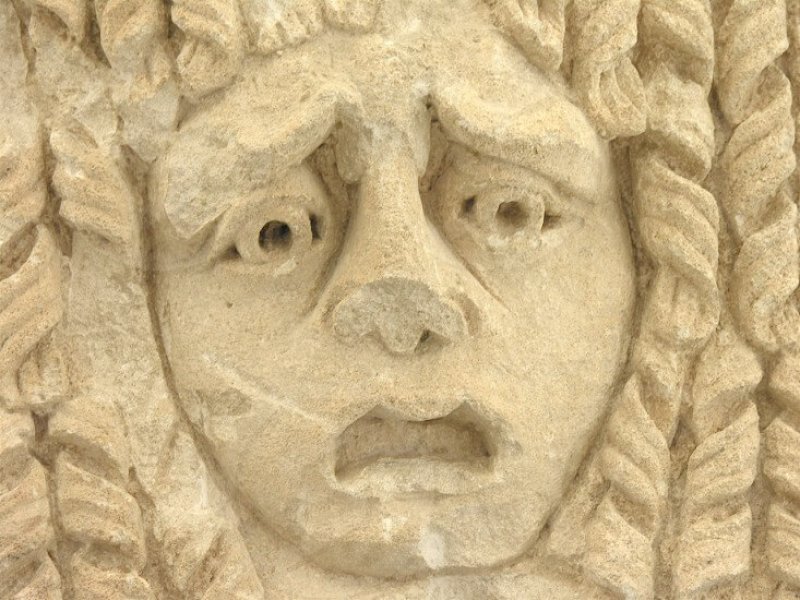Faces depicted in sculptures crafted between 3,500 and 600 years ago in Mexico and Central America convey five varieties of emotion to Westerners today, say computational neuroscientist Alan Cowen and psychologist Dacher Keltner, both of the University of California, Berkeley. Present-day folks, and likely members of ancient American societies as well, anticipate that each of these emotional expressions occurs in particular social situations, the scientists report August 19 in Science Advances.
As participants in the new study predicted just by looking at the faces of sculpted individuals, pain expressions characterized sculptures of people being tortured, expressions combining determination and strain accompanied heavy lifting, angry faces occurred in combat, elated expressions appeared in people being held or embraced and sad faces typified individuals in defeat.
That link between ancient and modern groups “provides strong support for universality and genetic origins of these [particular] emotion expressions,” says psychologist Jessica Tracy of the University of British Columbia in Vancouver.
Researchers have argued for decades about whether certain facial expressions have evolved to express specific emotions, such as happiness, anger and disgust, regardless of one’s culture. Previous comparisons of facial expressions across different modern societies have been complicated by the fact that people everywhere, including hunter-gatherers, have to some extent encountered Westerners and been influenced by their cultural practices. By looking deep into the past, the new study gets around that problem.































